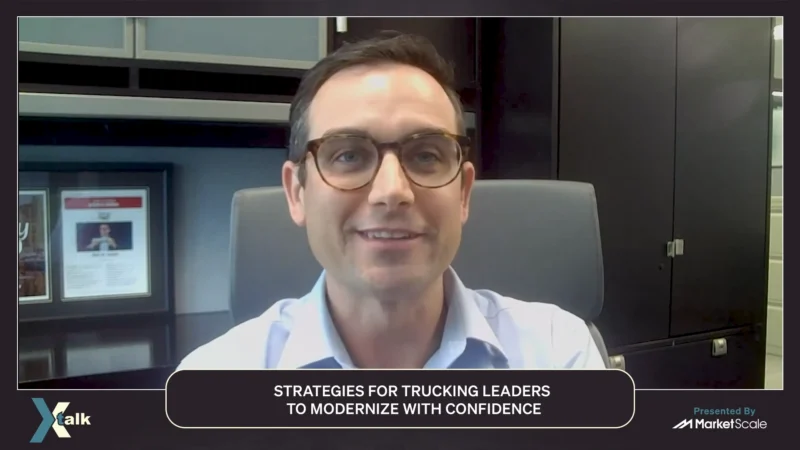Advancing Safety in the Aviation Industry
In this episode of Beyond MRO, we explore the critical importance of safety in aviation with a focus on the safety department at FEAM Aero. Safety is not merely a part of aviation maintenance and operations; it’s a core value ingrained in every aspect of the industry. Joining us are two outstanding guests, Alison McHugh, Vice President of Safety & Quality, and Priyanka Thaddaeus-Conner, Safety Manager, both from FEAM Aero.
Alison and Priyanka shed light on how FEAM Aero prioritizes safety by integrating it into every aspect of their operations, promoting a proactive approach through their Safety Management System (SMS). The discussion delves into the evolution of safety practices and how human factors play a role in aviation incidents. They also share a real-life case study on how employee engagement led to the adoption of innovative safety equipment, reducing head injuries significantly.
Main Points of Conversation:
FEAM Aero’s Safety Prioritization: Discover how FEAM Aero ingrains safety as a core value, adopting a proactive approach to ensure every aspect of their operations aligns with stringent safety protocols.
Evolving Safety Landscape: Uncover the advancements in technology and human factors integration driving a systemic shift from reactive to predictive safety management.
Future of Aviation Safety: Explore emerging trends and technologies that promise to revolutionize aviation safety, including artificial intelligence, machine learning, augmented reality, and virtual reality.
Guest Bios:
Alison McHugh: As the Vice President of Safety & Quality at FEAM Aero, Alison brings extensive expertise in aviation safety and management. She holds a master’s degree in aviation safety and has played pivotal roles in regulatory compliance and safety management throughout her career.
Priyanka Thaddaeus-Conner: With a bachelor’s degree in aerospace engineering and a postgraduate degree in aviation safety science, Priyanka serves as the Safety Manager at FEAM Aero. Her commitment to employee engagement and proactive risk assessment has led to significant safety improvements.



